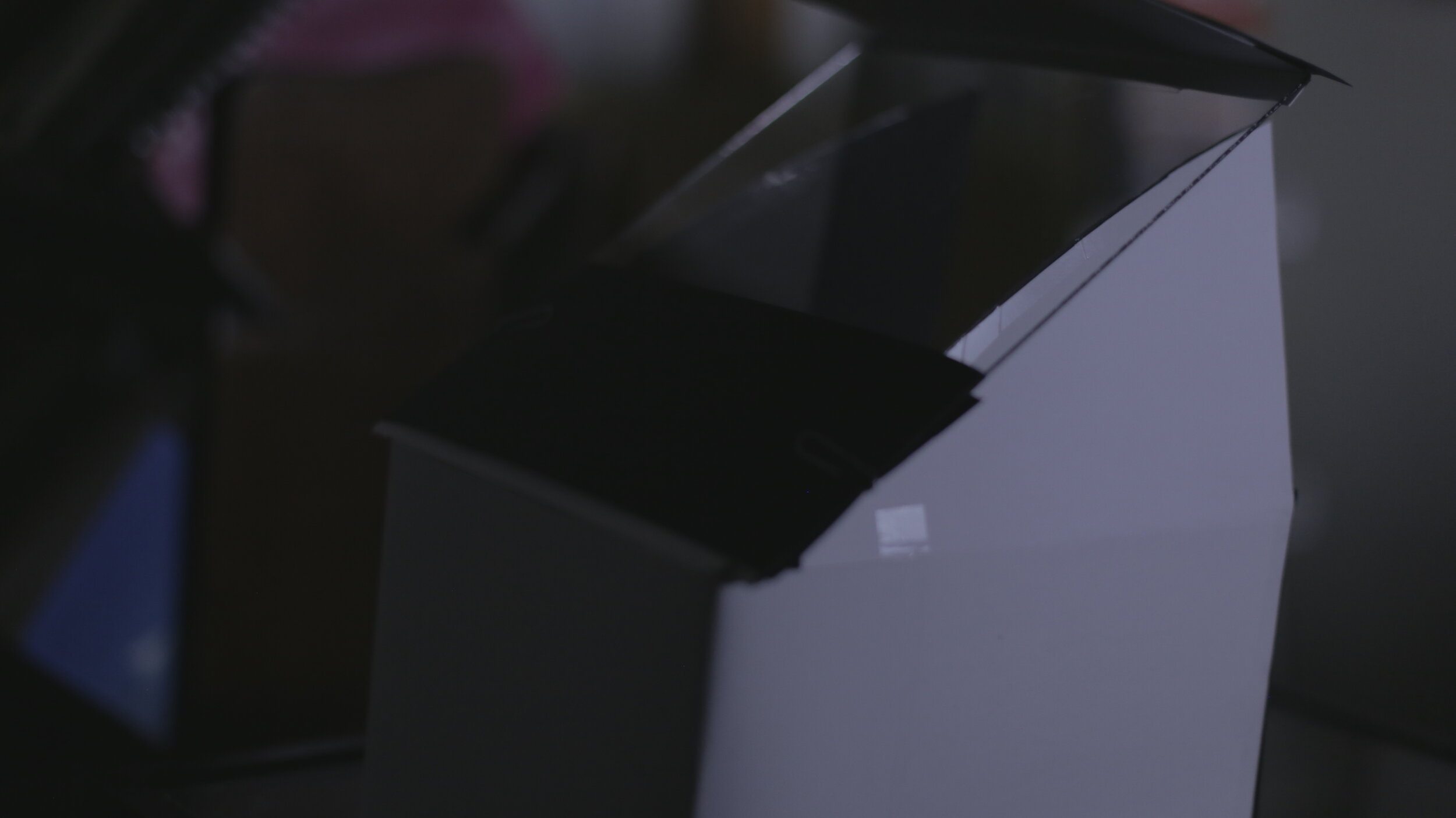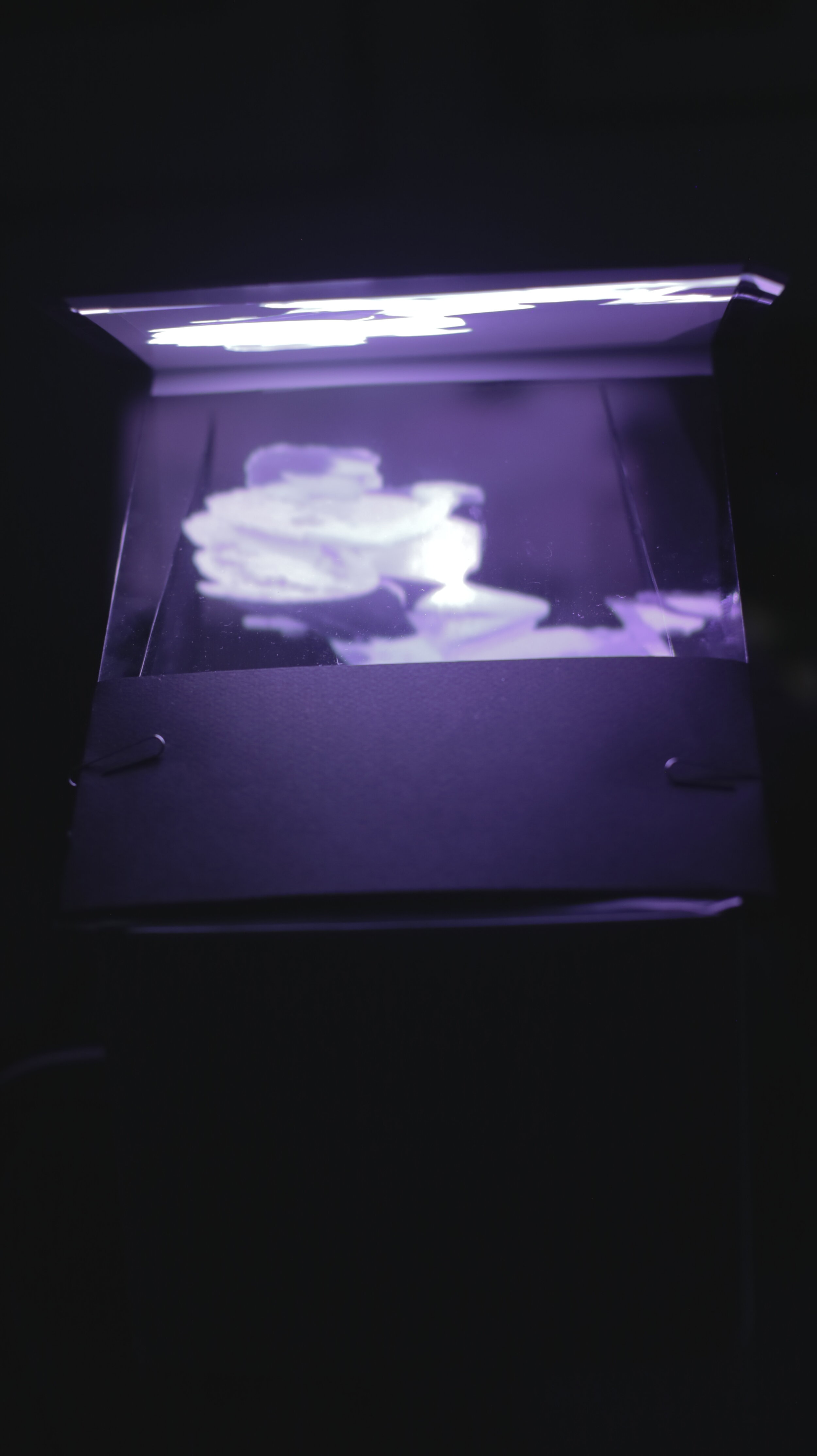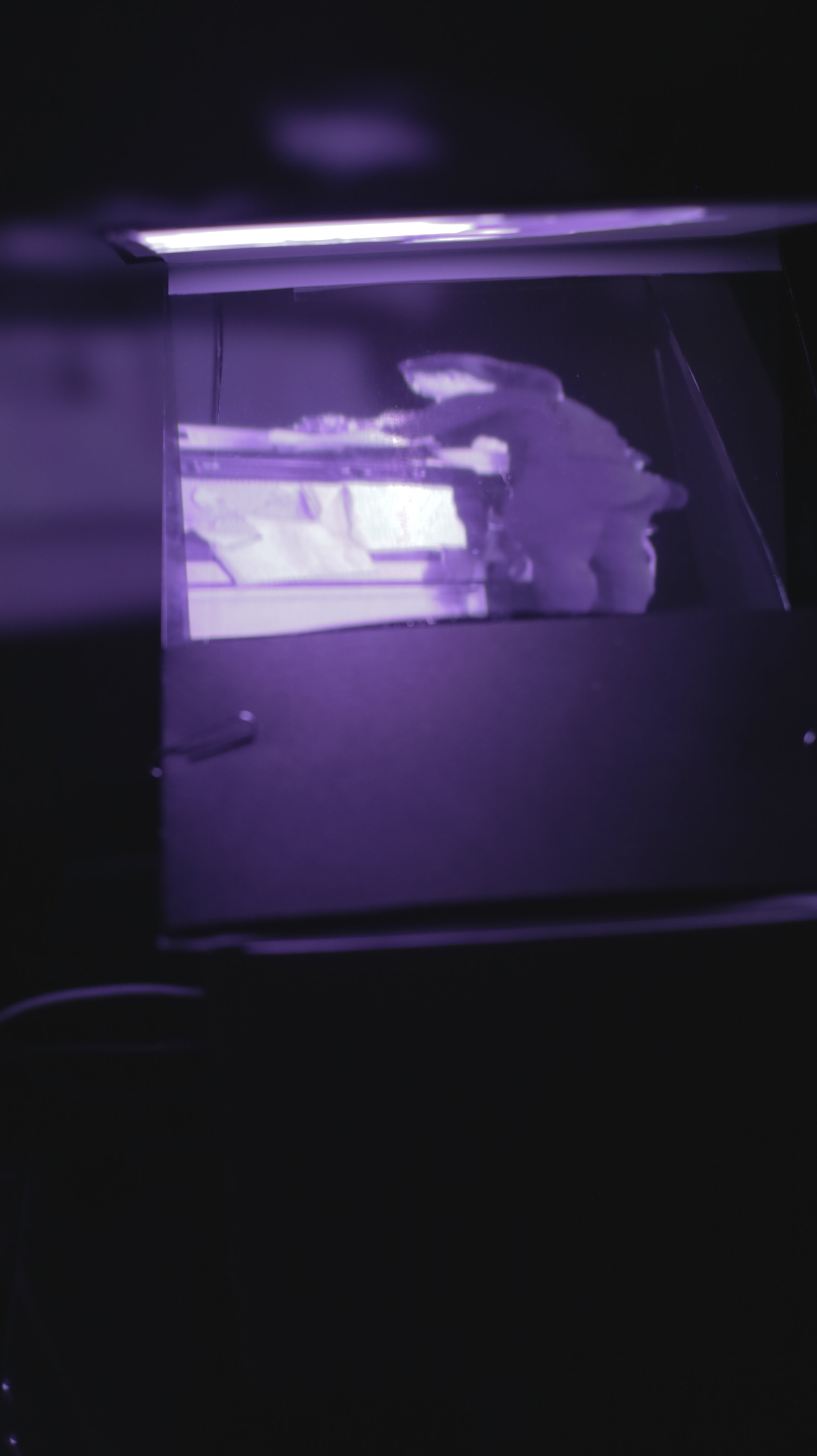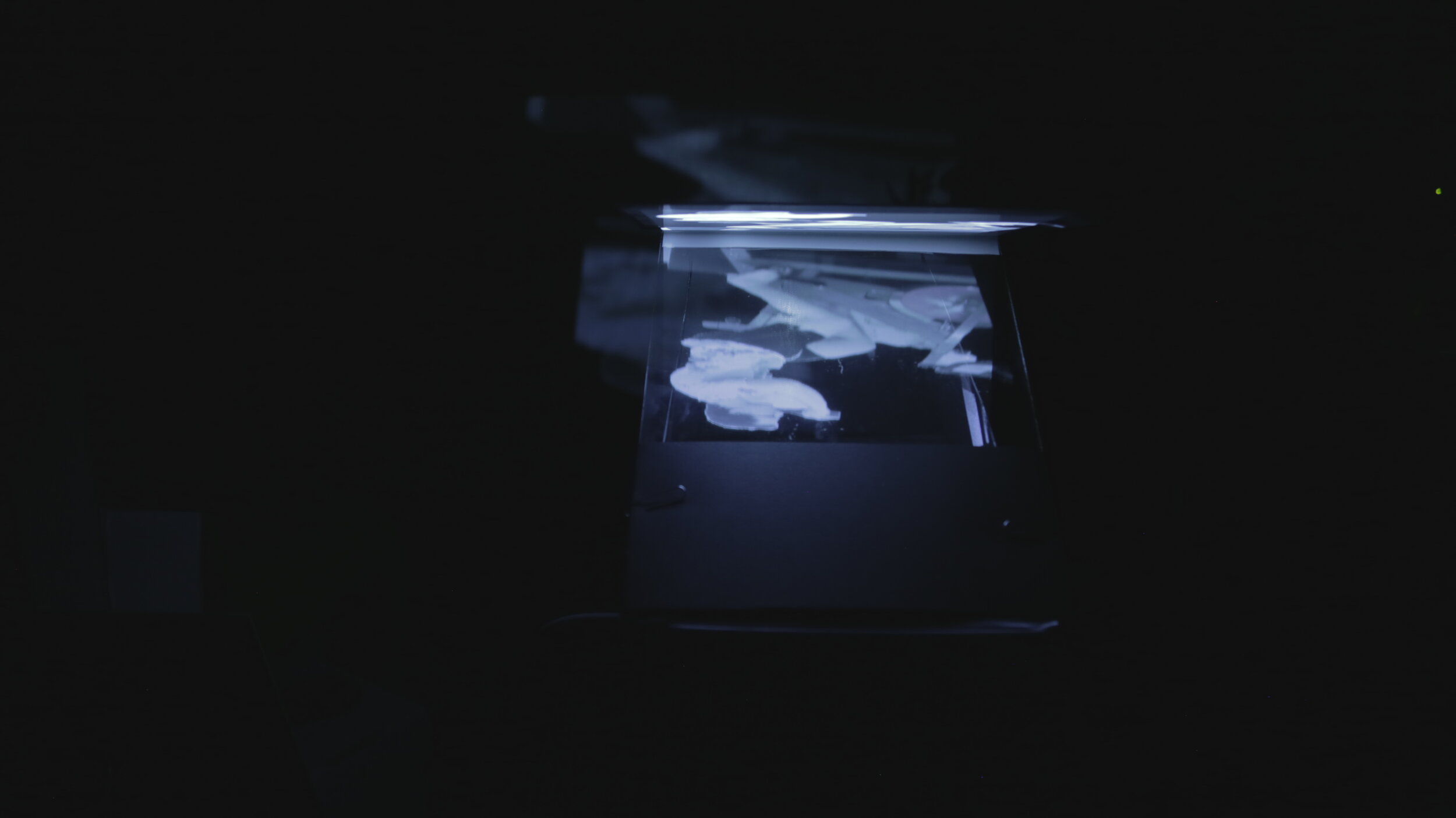For my first case study, I played Toko Toko - A journey to augmented creativity. In searching for examples of augmented reality to study, I wanted to find something that went beyond “oh that looks so cool!” Mainly, I was looking for something with a narrative to it, whether it was a movie or a game. Toko Toko is a game where you’re helping an aspiring artist, Hako, find her creative inspiration. You do this by sharing your own real-life drawings with her. Based on what you draw for her, she’ll have guesses as to what they look like and she’ll even find creative uses for them. My first task was to draw hats for her, and while none of her guesses were completely accurate, I could see how my doodles looked like what she saw.
The game has you choose a flat plane to work on, I think I initially made the mistake of choosing an essentially textureless white table that made it hard to track. Because of this, my play circle started drifting as I was playing. I also think that my iPhone 7 might’ve had something to do with it, maybe it’s time for me to upgrade.
As to whether this piece was a sensible use of AR, I think it worked really well. It wasn’t a distraction from the narrative and, aside from the drifting (which I think is more my fault [but hey! learn to teach your users how to use your product!]) it was a really pleasant experience that fit my criteria of something that was more than just cool-looking.
There’s something about playing the game in a public space that still has me feeling a bit self-conscious. There was a point where the game had me pointing my phone in the direction of someone I didn’t know, so I was worried that she thought I was filming her. I explained that I was playing a game before she asked anything, but I would’ve rather not been in that situation. I imagine as AR becomes more prevalent, people would have less reason to feel awkward about it, but I’m definitely not at that point yet.
The overall design of the game made it easy to feel a connection to the plot and the characters almost immediately. They’re cute little characters looking to you for help. The way that the game takes your drawn assets and incorporates them into the game is a seamless transaction that is highly satisfying. The extra touch of having Hako guess that my sorry excuse for a Basquiat-esque crown was blades of grass, and then put it on her head anyway was a huge highlight. I definitely plan to spend more time playing this game, just maybe from the comfort of my home instead.











